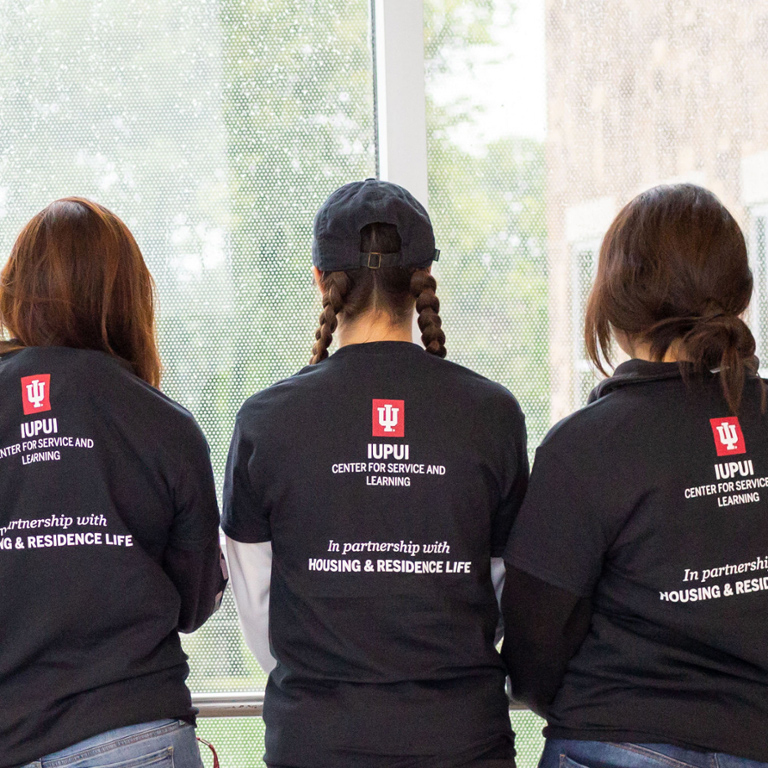Since the tie between community and campus is so vital, CSL explores what motivates students to participate in civic engagement, and with that information, CSL determines how IUPUI can best leverage the motivations of students to maintain strong campus-community connections. Based on her experiences, Dr. Hatcher lists many reasons for student involvement, including their past experiences, desire for involvement, and personal goal setting. To her, the best way IUPUI can engage students in the local community is through course-based service learning. She states:
“All college students, in particular students at IUPUI . . . are balancing lots of different responsibilities, so to be involved in co-curricular activities might not always make sense. But if you can integrate these kind of experiences in a course-based setting, I think that’s a great way for students to be involved in service that becomes educationally meaningful to them and helps them to understand course material in a new way or helps them to see how these experiences can be applied in real-world settings.”
According to the IUPUI Community Engagement Report, from 2006 to 2015, the number of course sections integrated with service learning increased from 119 to 561, with the number of involved students increasing from 2,659 to 8,649. Both undergraduates and graduate students participate in service learning courses. Faculty from virtually every school on campus are involved in designing, implementing, and assessing service learning course outcomes. As a high-impact teaching practice, service learning results in persistence and retention, academic learning, personal and professional development, and civic learning. In service learning courses, students learn to work effectively with others and encounter the diverse perspectives of others. These are the types of outcomes that employers seek.





